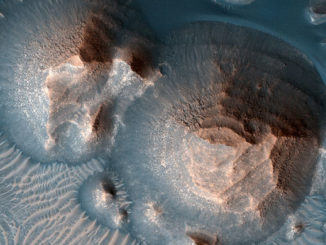
Archive

Observing

News

News

Observing
Don’t miss the partial eclipse of the Sun
On the morning of Thursday 10 June, there’s a partial eclipse of the Sun visible across the length and breadth of the UK. This special and spectacular event happens when the Moon appears to take a significant bite out of the Sun as it moves between us and the Sun, partially blocking the Sun’s disc from our view.

News

Picture This

News

Picture This

Picture This

Picture This
